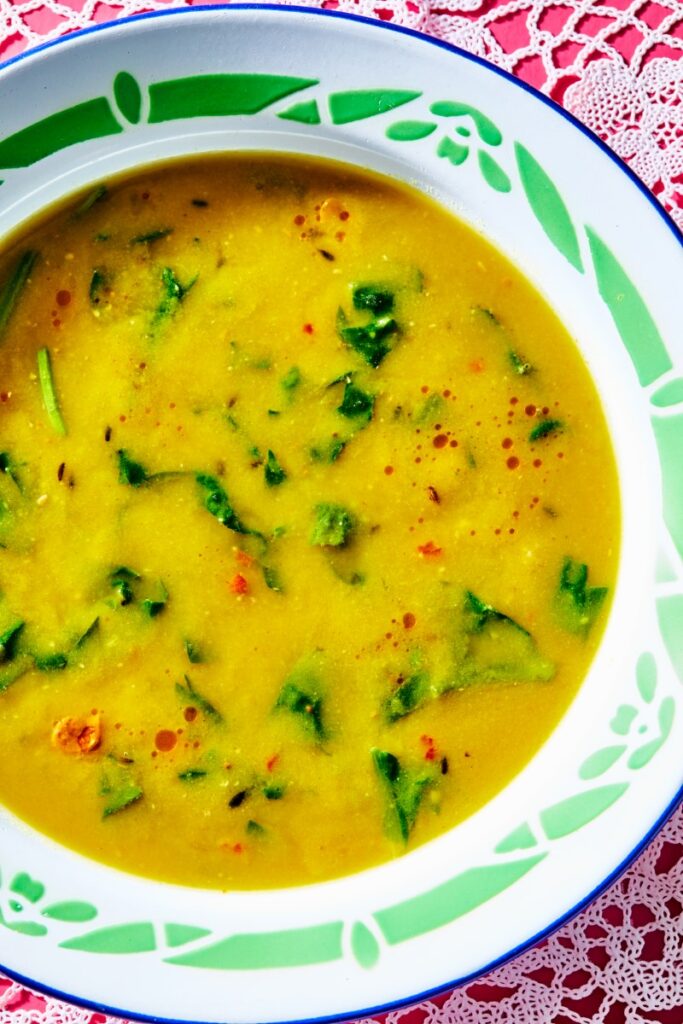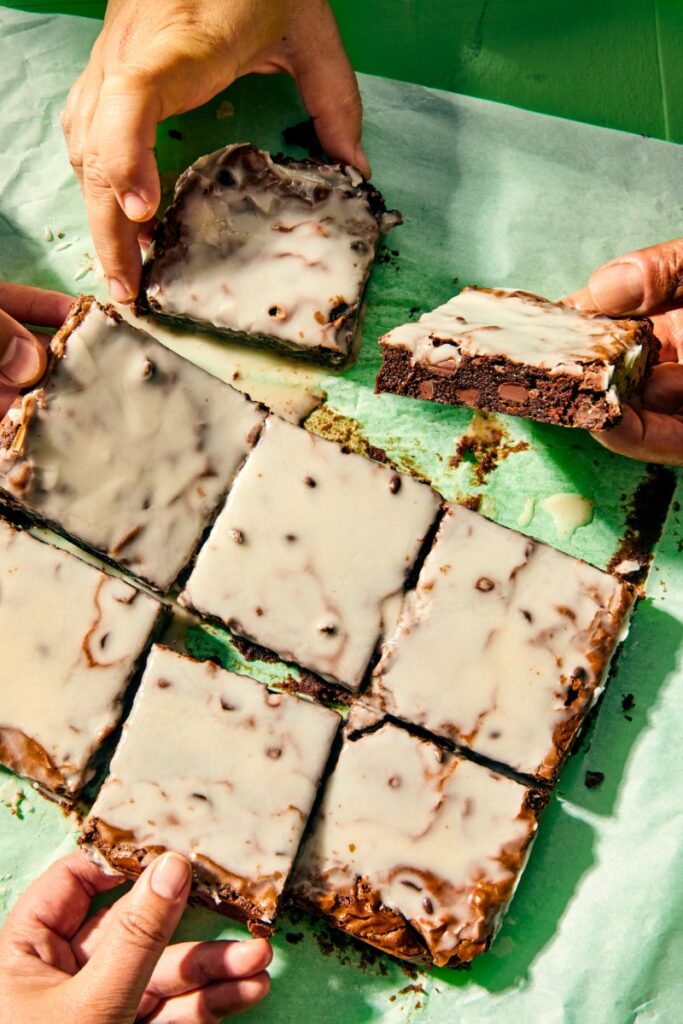I was born in Canada into a Guyanese household, and we frequented a local Hindu temple in the Greater Toronto Area (GTA). We were a close-knit family with an appreciation for our traditions and culture. We were heavily involved as active members of the broader West and East Indian community in the area. My grandmother “Ma,” who lived with us, adored me and lovingly called me “Little Polkaroo.” (A term of endearment inspired by a mythical character on a children’s TV show called Polka Dot Door.)
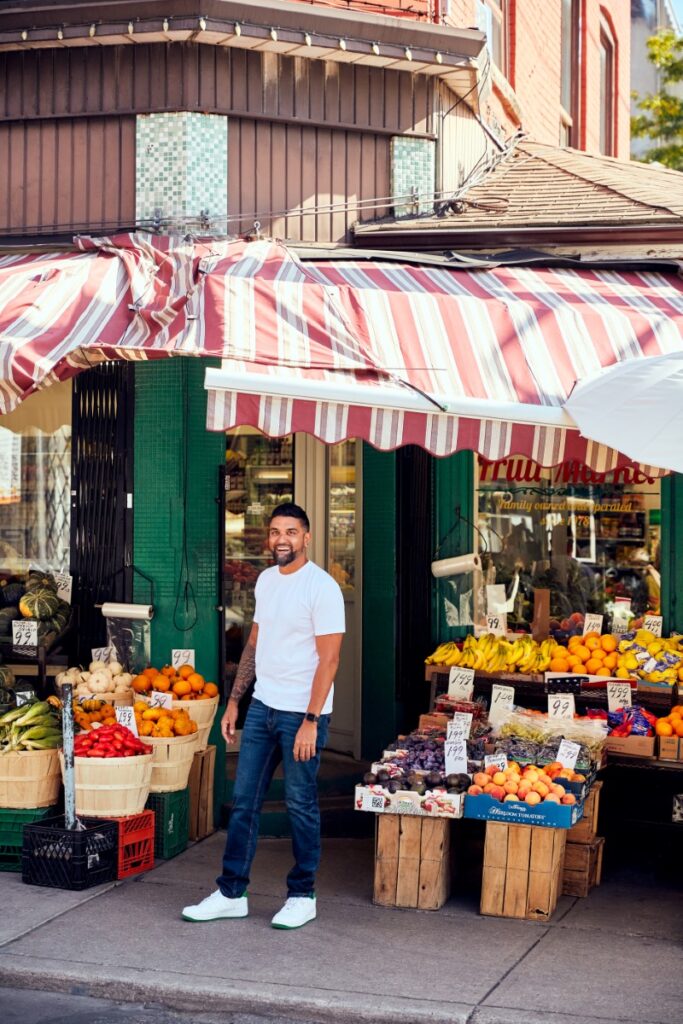
Although located in South America, Guyana is considered part of the Caribbean West Indies. When the British colonized India in the 19th century, Indians were transported across the Caribbean to become indentured servants. This history makes my story unique. While I am Guyanese, Caribbean and West Indian by heritage, I assimilate and feel at home in South Asian culture — after all, that’s where my ancestry lies. This book proudly features everything from a classic Guyanese Pepperpot to a Saffron Kheer, as I identify with both worlds.
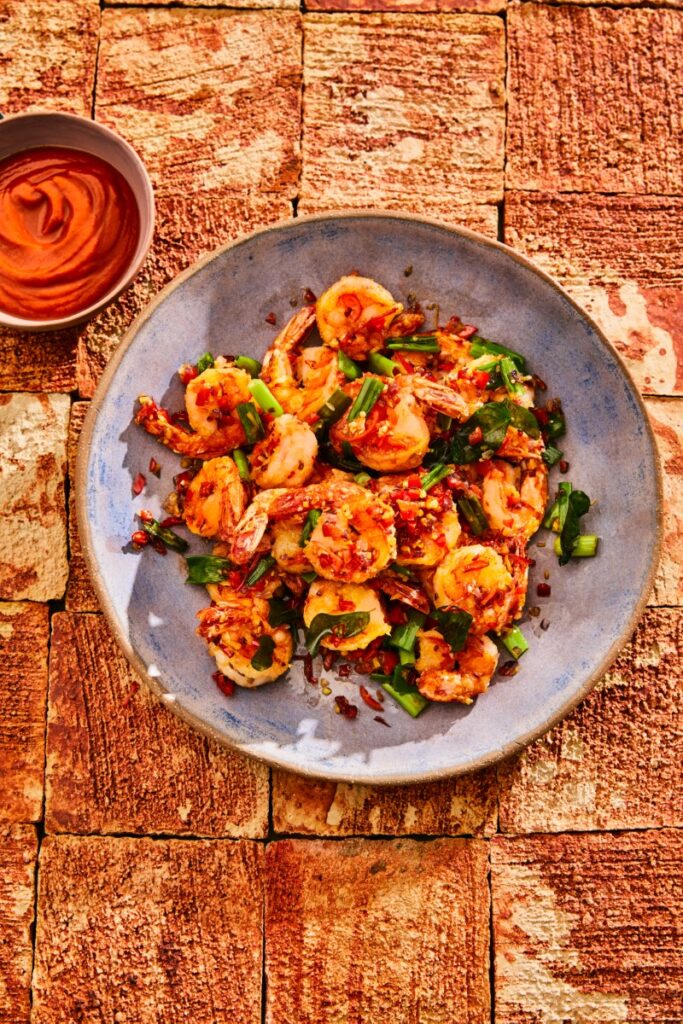
I’ve advocated for my culture for decades, presenting our food traditions in the best light and elevating them. After spending countless years working with other culinary styles (French, Italian, Mexican, Japanese), my path took an extraordinary turn when I realized the importance of my culinary roots.
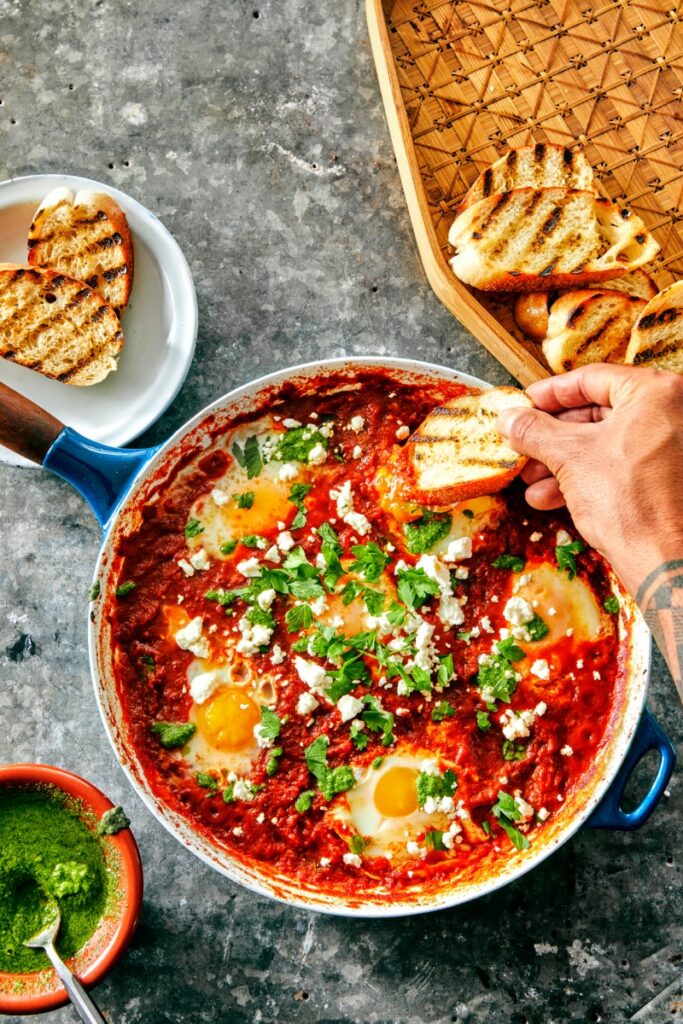
My mom is a phenomenal cook who would always test new recipes and take inspiration from her surroundings: things she saw on TV, through her travels or at someone else’s home. (Remember, they were living without the internet back in the day.) She would then incorporate elements into the home-cooked meals she prepared for us. For example, we spent many evenings with my Uncle Joe and Aunty Maria. (They weren’t biologically related to us, but they were like family and the terms are used as a form of respect — it’s cultural.) The long table would be full of gloriously authentic Italian dishes. And it was here, as a kid, that I had my first Italian feast. We would start with antipasti: fennel salad, olives, meats, cheeses and assorted finger foods. Then they’d roll out the dishes. Oh boy. The pasta. The meat. The dessert. My uncle cured salami, and I have vivid memories of him slicing it up for us kids. My brother and I were raised Hindu, and my mom would give the look of death when we reached for it and savoured the flavours. Enjoying cured meats was an act of rebellion back then. Soon after, we began having finocchio (fennel) salad, eggplant Parmigiano-Reggiano and cheese boards at home.
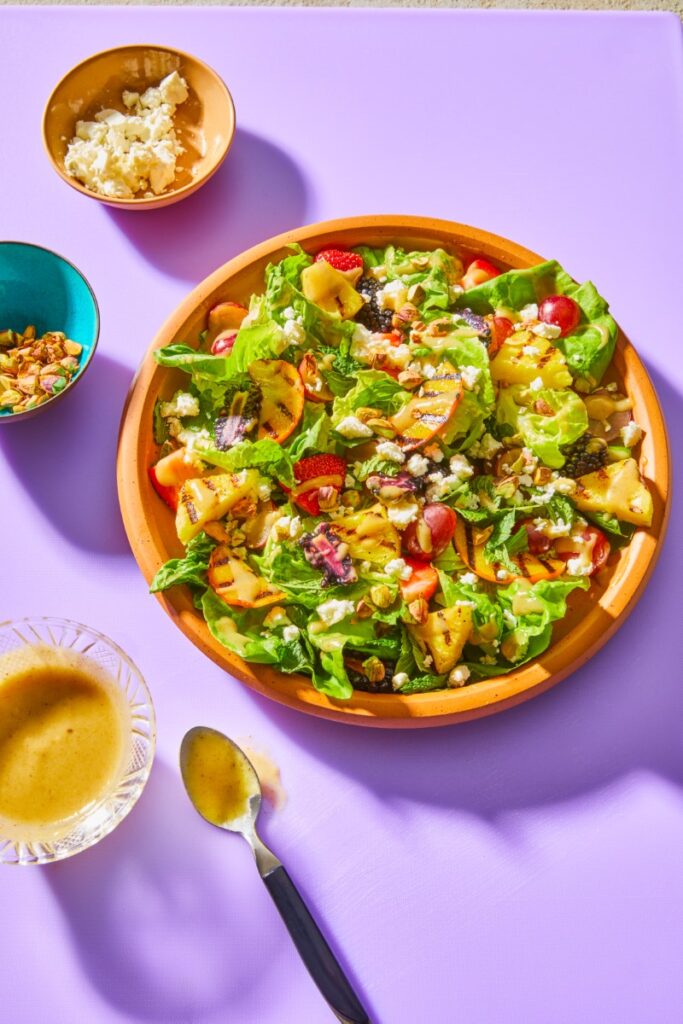
As a child, I followed my mom around the kitchen. The aromatics, sights and sounds hypnotized me. Since I was so small, I would utilize a stool to give myself a better vantage point. And it helped me fulfil the requisite role of taster!
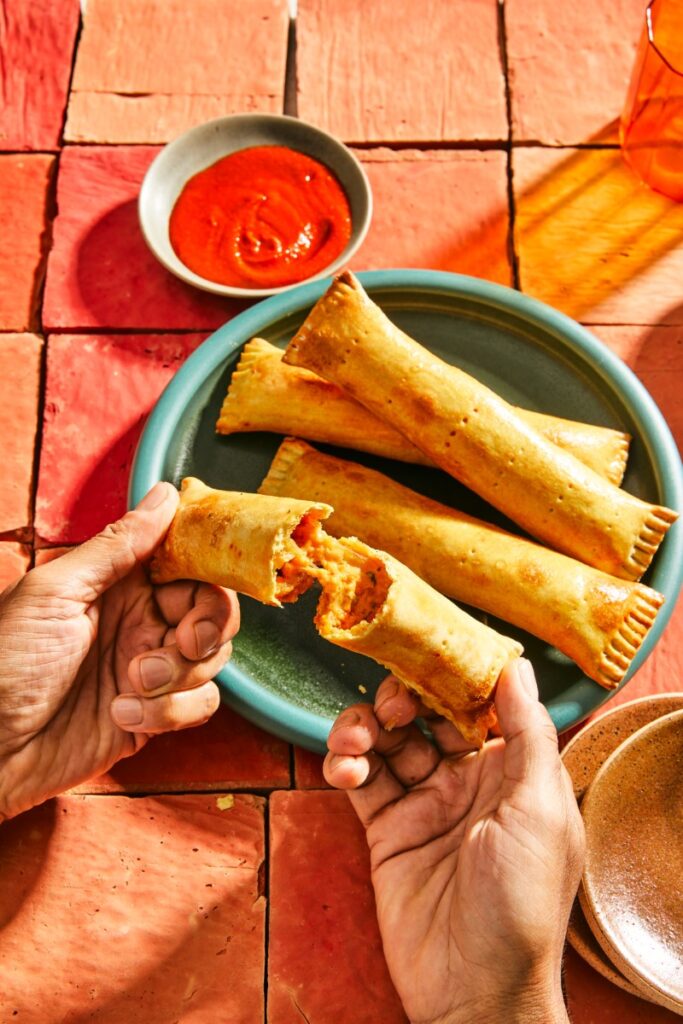
To this day, my mother continues to inspire me. My childhood in the kitchen and at the dining table have helped define my approach to cooking and recipe development. And the more I dig into Guyanese food and its history, the more I lean on my mother, who has become my greatest ally and supporter. My maternal grandmother passed away when I was ten years old, so when my mother passes down a recipe she learned from her mother, I feel an instant connection to my family’s heritage, and it warms my heart. My grandmother would be so proud to see me sharing roti, okra and dhal recipes with the world.
